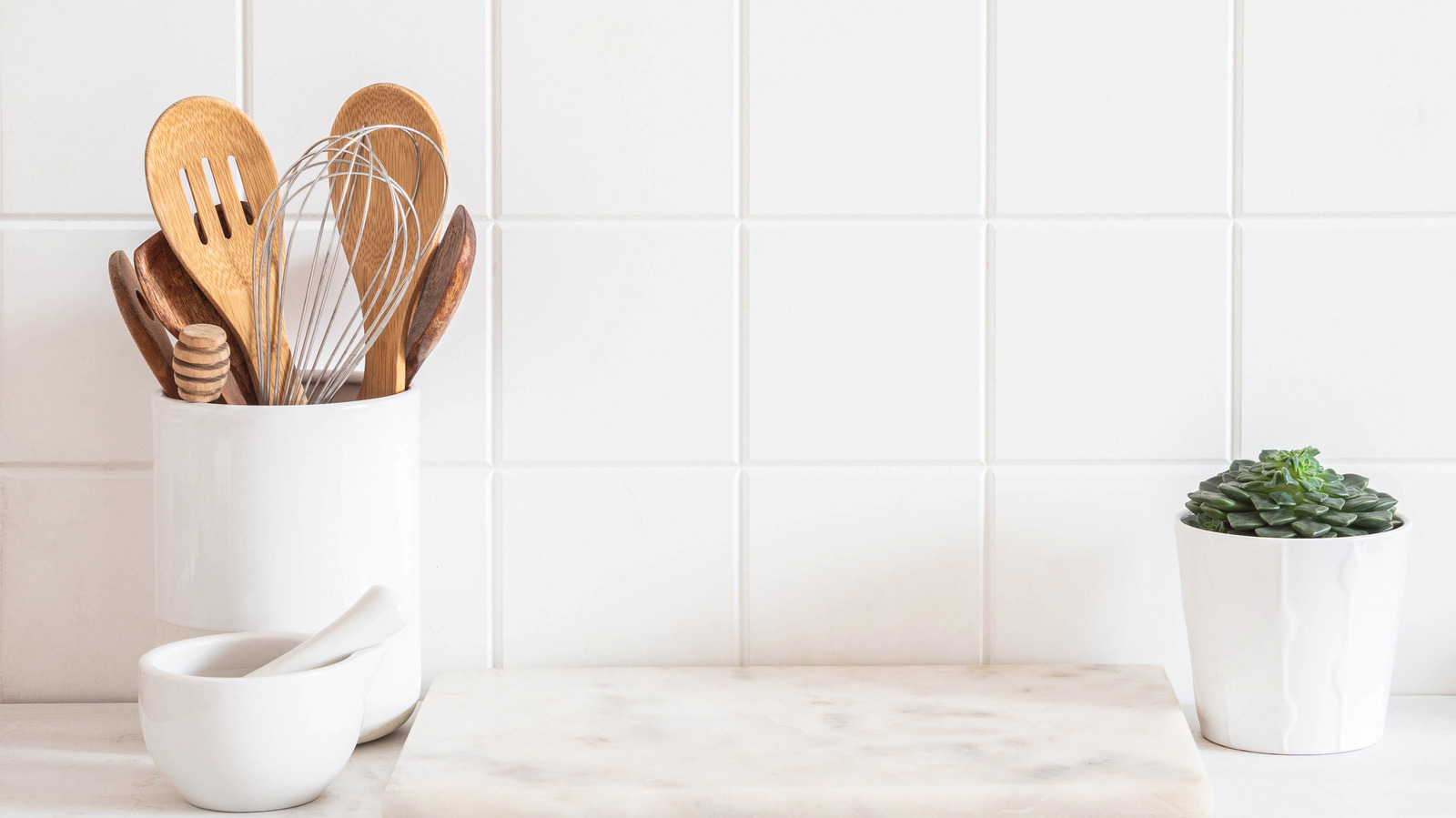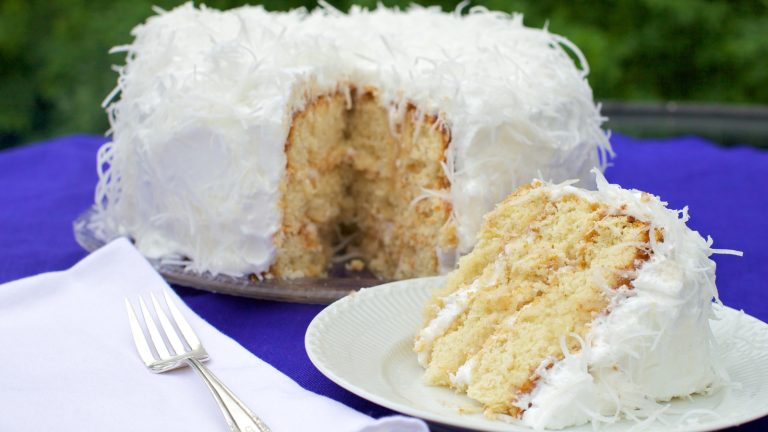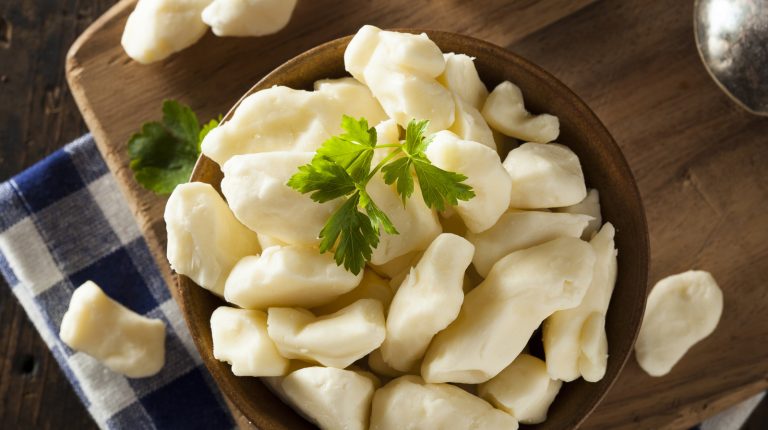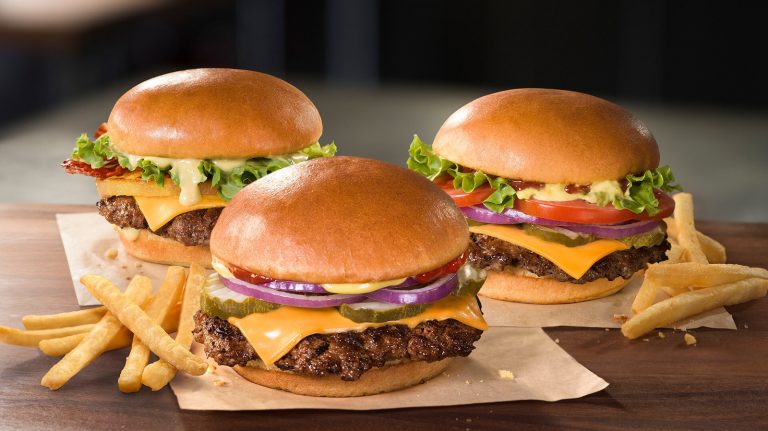Your kitchen backsplash gives the whole space a touch of personality. It’s highly customizable, but let’s be real: who has the money to afford an entirely new backsplash? Though you definitely want to consider the backsplash when looking at what to fix in your kitchen before selling your home, and you may plan on changing it just for your own sense of aesthetic, it’s tragically not always so easy. Fortunately, there’s such a thing as peel-and-stick backsplash. It’s a lot like temporary wallpaper, but for your backsplash. But does it destroy drywall? Not if you do it right.
Now, the important thing here is that you need to apply and remove the peel-and-stick properly in order to avoid damaging your walls with it. First, make sure that your wall is clean and ready to work with by using a degreaser or other cleaning products. Wait until the wall is totally dry before applying the peel-and-stick backsplash. Whatever product you choose, it’ll come with directions, and you want to follow those directions to the letter. It helps to get a high-quality peel-and-stick product too, since lower-quality ones are more likely to peel away the drywall face paper. When done right, peel-and-stick solutions are a great way of handling common kitchen eyesores from your backsplash to your countertops and even your cabinets, as long as you apply them correctly.
Do’s and don’ts when removing peel-and-stick backsplash
Peel-and-stick products like countertops can actually last for a while with the right care. In fact, peel-and-stick backsplashes can have good runs of about 10 years if you care for them well. This includes regular cleaning and maintenance. However, that means your peel-and-stick backsplash may still be going strong when you want to replace it or have to move. Recklessly removing peel-and-stick backsplash can damage that drywall, so make sure to follow the manufacturer’s instructions for removal. Usually, this involves applying heat with a hair dryer, heat gun, or other heating appliance or tool to loosen the adhesive. Peeling from the edges will net you good results. Go slow and don’t pull or force a strip or tile off the wall.
If you have a friend or partner who can help you, you might find the process easier if one person holds the heat tool while another gently begins to pry the pieces of peel-and-stick backsplash from the wall. You can use a pry bar if you have sturdier peel-and-stick backsplash material, but again, gentle and slow is he key. To handle any leftover adhesive, just use adhesive removal sprays like WD-40 or give the surface a scrub with dish soap, which can also cut through grime. With that, you’re done; you can install and remove your peel-and-stick backsplash without nerves and enjoy the customizable kitchen of your dreams at a fraction of the cost, all without harming your drywall.






